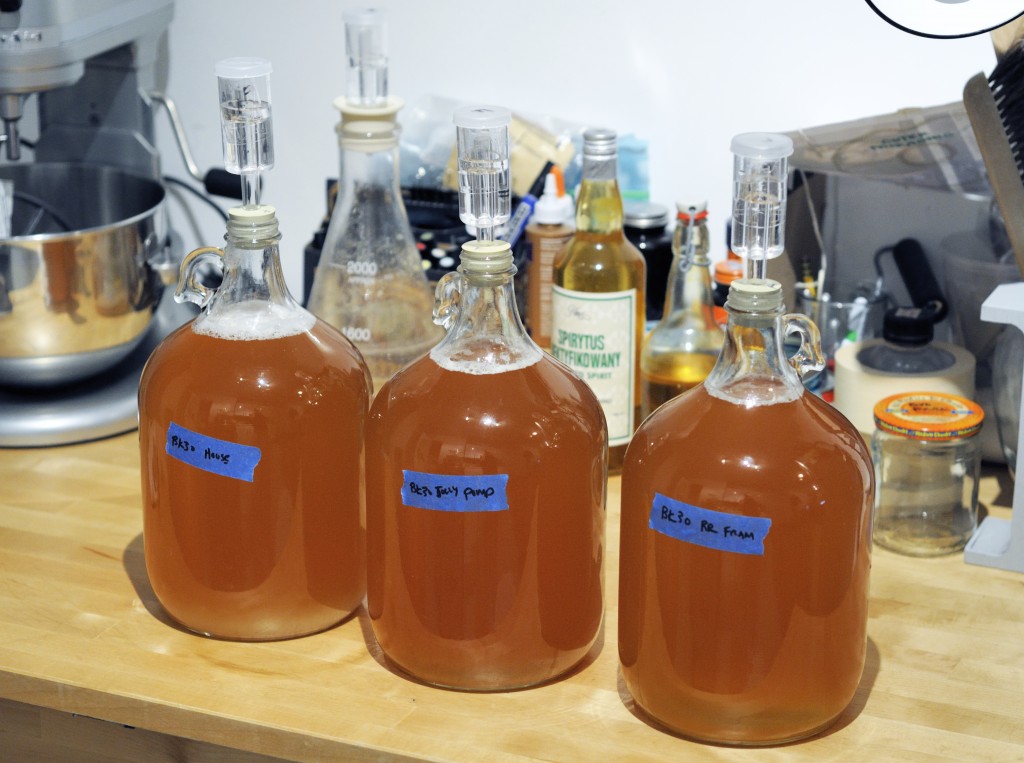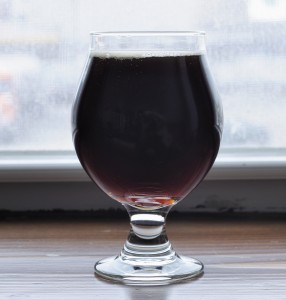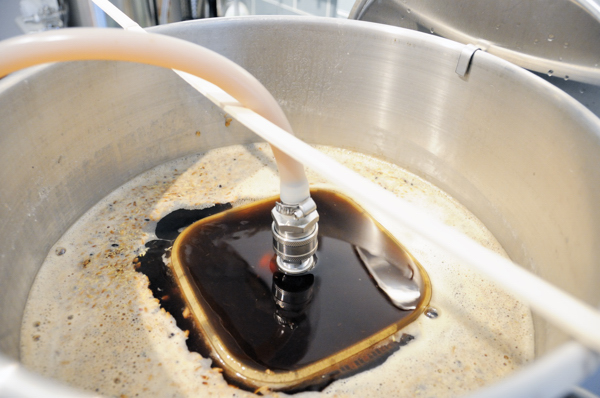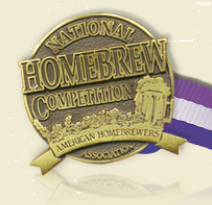Gueuze is a wonderfully complex sour beer that is typically a blend of 1, 2, and 3 year old spontaneously fermented Lambic batches. While, technically not a Lambic (Lambic is a protected term for a specific type of beer brewed within a specific geographic region of Belgium), this beer is made in the spirit of Lambic. It eschews the typical spontaneous cultures used in traditional Lambic fermentation for a commercial microbe blend (Wyeast Roeselare) combined with grown up bottle cultures.This batch of homebrew marks the my second annual batch of Lambic-style beer that will ultimately become part of a 3-component Gueuze blend that includes 3-year, 2-year, and 1-year old Lambic-style brews.

To further provide variation (and flexibility) in what will ultimately build the blend, I brewed a 3-gallon batch that was split 3-ways and inoculated with distinct cultures grown up from various bottle dregs: Jolly Pumpkin La Roja, Russian River Framboise for a Cure, and my house bug culture.
2014 Lambic-Style Homebrew Recipe
Specifications:
Size: 4.25 gal
Efficiency: 75%
Attenuation: 90% (anticipated)
Original Gravity: 1.045 SG
Terminal Gravity: 1.005 SG (anticipated)
Color: 3.1 SRM
Alcohol: 5.3% ABV
Bitterness: 0.0 IBU
Malt Bill:
5 lb (66.7%) Belgian Pils (Dingemans)
2.25 lb (30.0%) Flaked Wheat (Briess)
4 oz (3.3%) Acidulated Malt (Weyermann)
Mash Regiment:
A turbid mash regiment (basically a thin decoction) was completed through the steps below. A Ferulic acid rest was completed to encourage the formation of 4-vinyl guaicol which Brettanomyces can theoretically convert into 4 ethyl-guiacol which produces some of the ‘funky’ aromas and flavors that Brettanomyces is known for. A short Beta rest was followed by a very high Alpha rest to encourage a dextrinous wort and protracted secondary Brettanomyces fermentation.
113 °F – Ferulic Acid Rest – 10min
136 °F – Protein Rest – 5min
150 °F – Beta Rest – 20min
162 °F – Alpha Rest – 30min
168 °F – Mashout Rest – 5min
Water Treatment:
Extremely Soft NYC Water
4g Gypsum (to mash)
4g Calcium Chloride (to mash)
Hopping:
1.75 oz AGED Cascade (0% AA) – 90 m
Kettle Additions:
0.5 ea Whirlfloc Tablets (Irish moss) – 15 m
0.5 tsp Wyeast Nutrient – 10 m
Yeast:
WYeast 3763 Roeselare Ale Blend – No Starter
Ferment at room temp until activity ceases. Rack into individual 1-gallon fermentation vessels. Inoculate each with separate secondary cultures.



